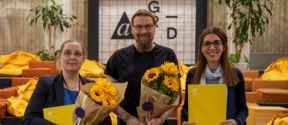Atomic Scale Physics
We focus on the experimental study of nanostructures, where the precise nature and location of every atom matters.
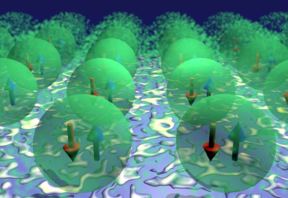
Triplons are tricky little things. Experimentally, they’re exceedingly difficult to observe. And even then, researchers usually conduct the tests on macroscopic materials, in which measurements are expressed as an average across the whole sample.
That’s where designer quantum materials offer a unique advantage, says Academy Research Fellow Robert Drost, the first author of a paper published in Physical Review Letters on August 22. These designer quantum materials let researchers create phenomena not found in natural compounds, ultimately enabling the realization of exotic quantum excitations.
‘These materials are very complex. They give you very exciting physics, but the most exotic ones are also challenging to find and study. So, we are trying a different approach here by building an artificial material using individual components,’ says Professor Peter Liljeroth, head of the Atomic Scale physics research group at Aalto University.
Quantum materials are governed by the interactions between electrons at the microscopic level. These electronic correlations lead to unusual phenomena like high-temperature superconductivity or complex magnetic states, and quantum correlations give rise to new electronic states.
In the case of two electrons, there are two entangled states known as singlet and triplet states. Supplying energy to the electron system can excite it from the singlet to the triplet state. In some cases, this excitation can propagate through a material in an entanglement wave known as a triplon. These excitations are not present in conventional magnetic materials, and measuring them has remained an open challenge in quantum materials.
In the new study, the team used small organic molecules to create an artificial quantum material with unusual magnetic properties. Each of the cobalt-phthalocyanine molecules used in the experiment contains two frontier electrons.
‘Using very simple molecular building blocks, we are able to engineer and probe this complex quantum magnet in a way that has never been done before, revealing phenomena not found in its independent parts,’ Drost says. ‘While magnetic excitations in isolated atoms have long been observed using scanning tunnelling spectroscopy, it has never been accomplished with propagating triplons.’
’We use these molecules to bundle electrons together, we pack them into a tight space and force them to interact,’ continues Drost. ‘Looking into such a molecule from the outside, we will see the joint physics of both electrons. Because our fundamental building block now contains two electrons, rather than one, we see a very different kind of physics.’
The team monitored magnetic excitations first in individual cobalt-phthalocyanine molecules and later in larger structures like molecular chains and islands. By starting with the very simple and working towards increasing complexity, the researchers hope to understand emergent behaviour in quantum materials. In the present study, the team could demonstrate that the singlet-triplet excitations of their building blocks can traverse molecular networks as exotic magnetic quasiparticles known as triplons.
‘We show that we can create an exotic quantum magnetic excitation in an artificial material. This strategy shows that we can rationally design material platforms that open up new possibilities in quantum technologies,’ says Assistant Professor Jose Lado, one of the study’s co-authors, who heads the Correlated Quantum Materials research group at Aalto University.
The team plans to extend their approach towards more complex building blocks to design other exotic magnetic excitations and ordering in quantum materials. Rational design from simple ingredients will not only help understand the complex physics of correlated electron systems but also establish new platforms for designer quantum materials.

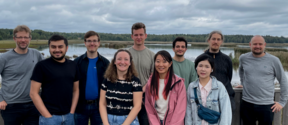
We focus on the experimental study of nanostructures, where the precise nature and location of every atom matters.
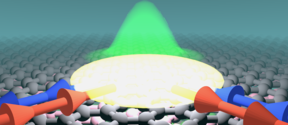
Correlated Quantum Materials Group (CQM)
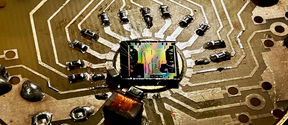
InstituteQ coordinates quantum technology research, education and innovation across Finland
